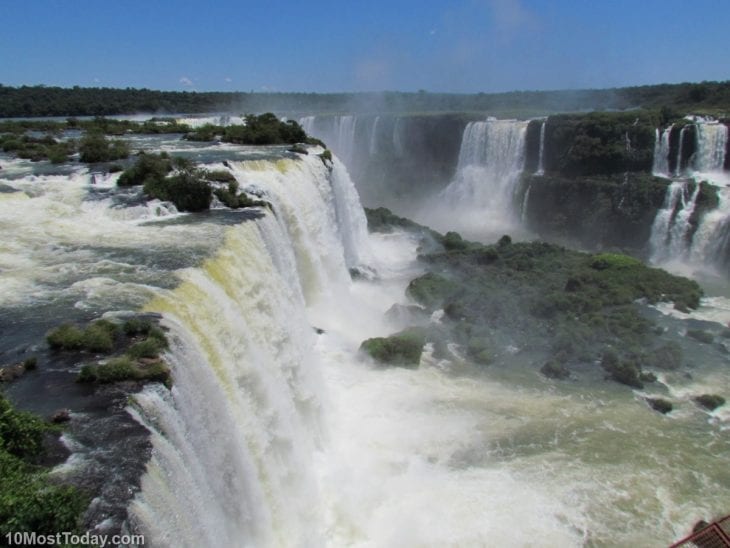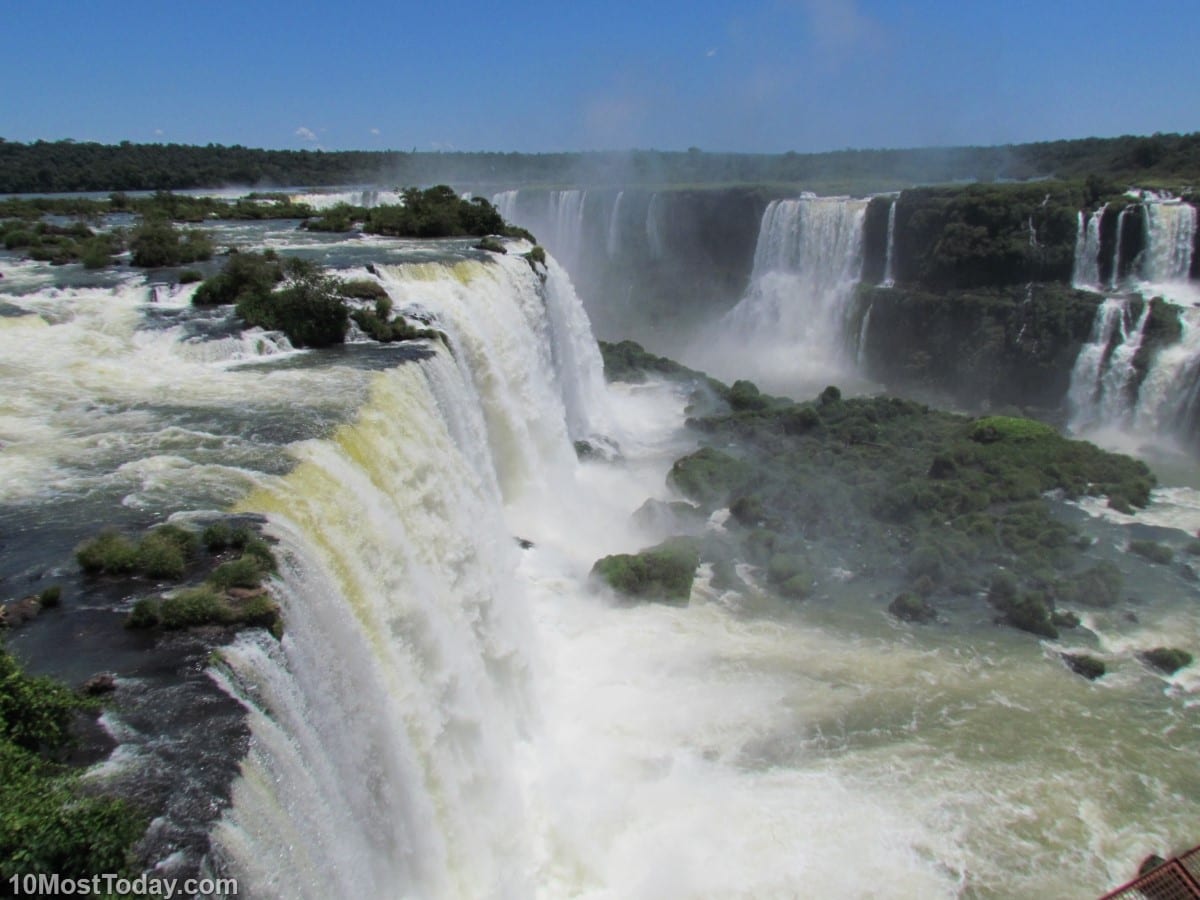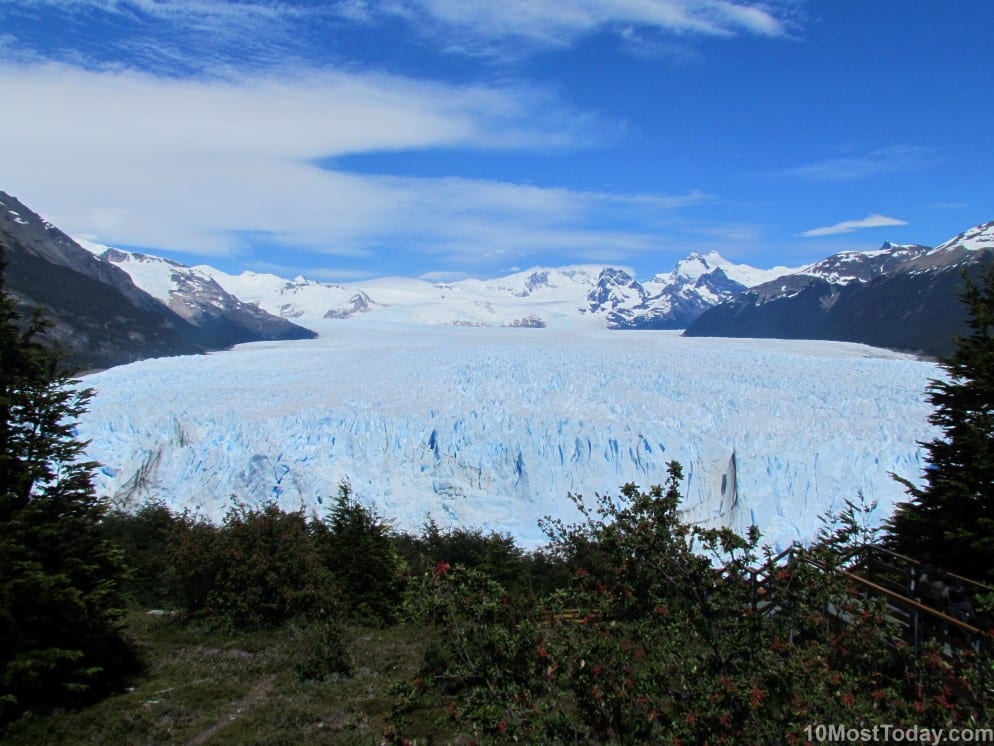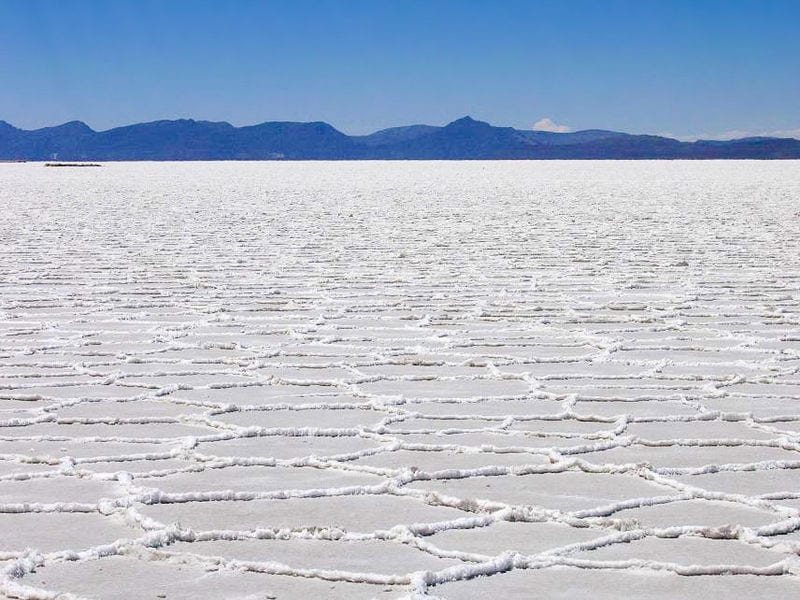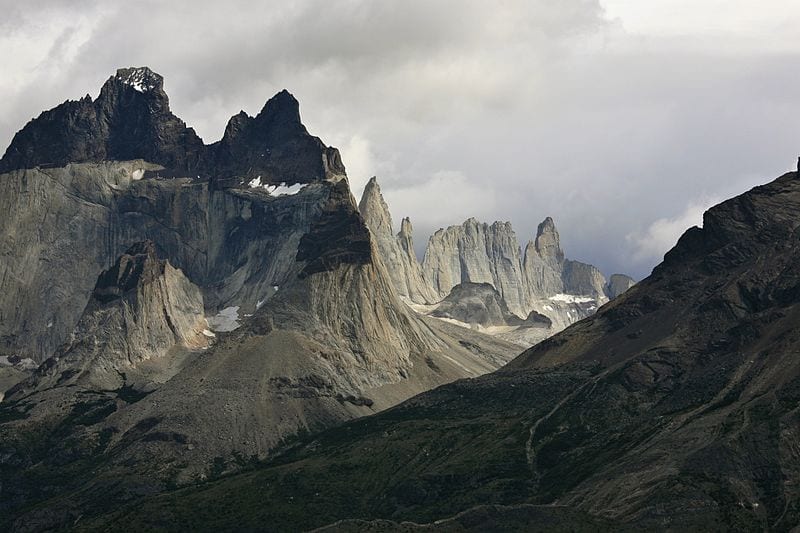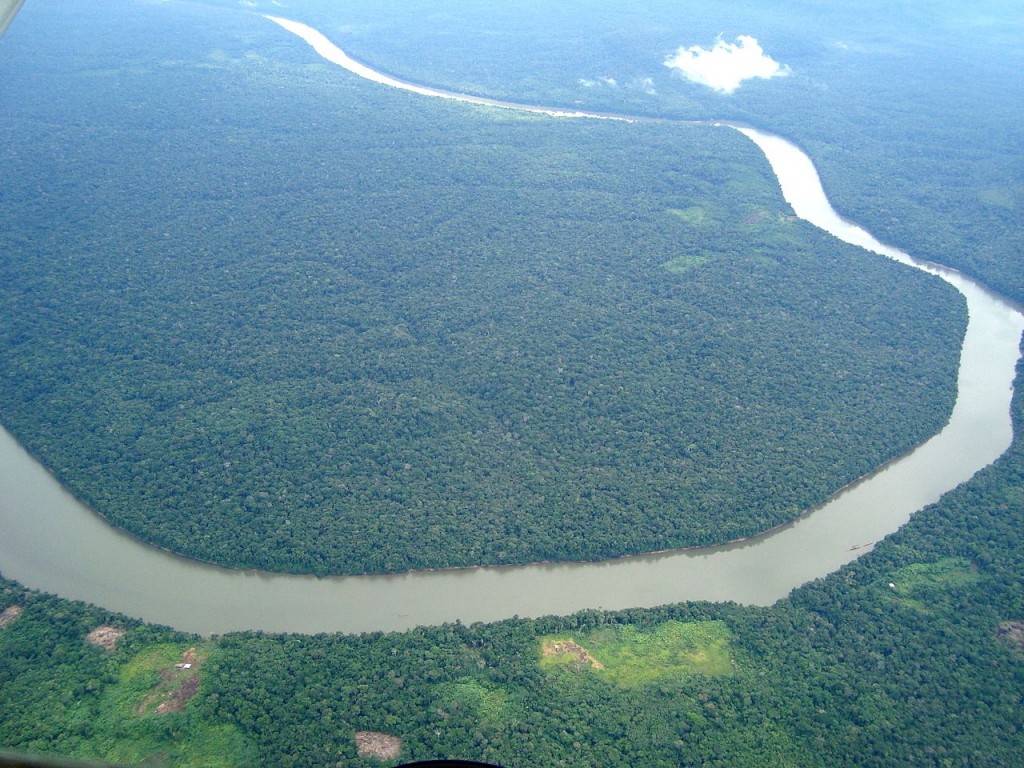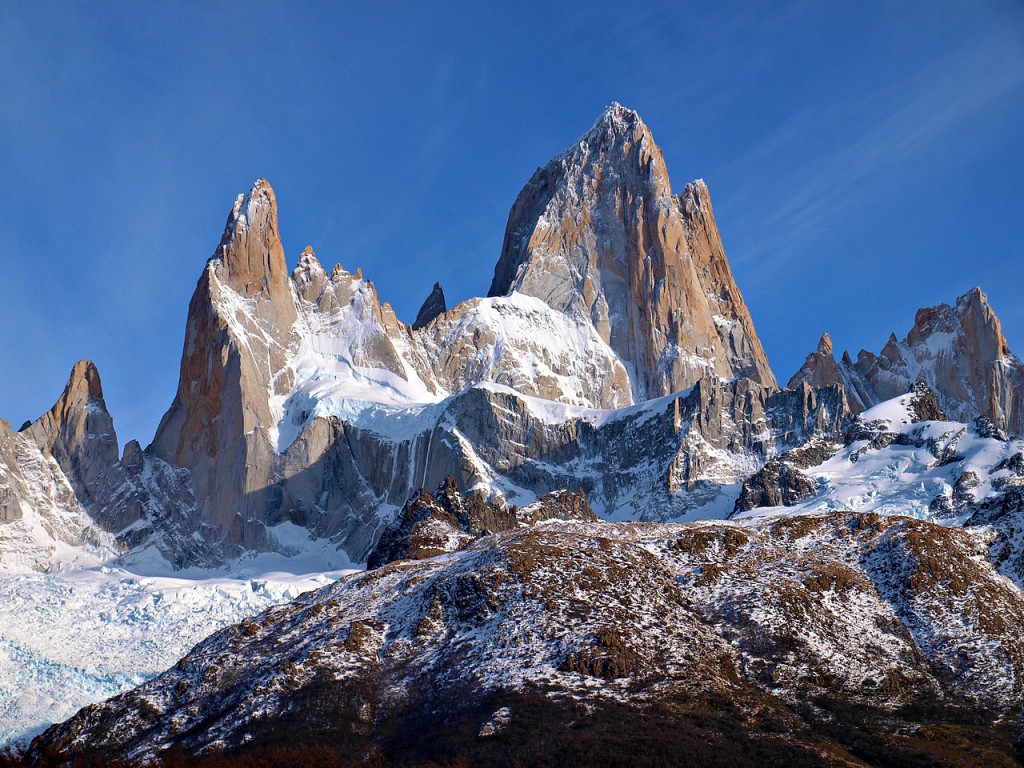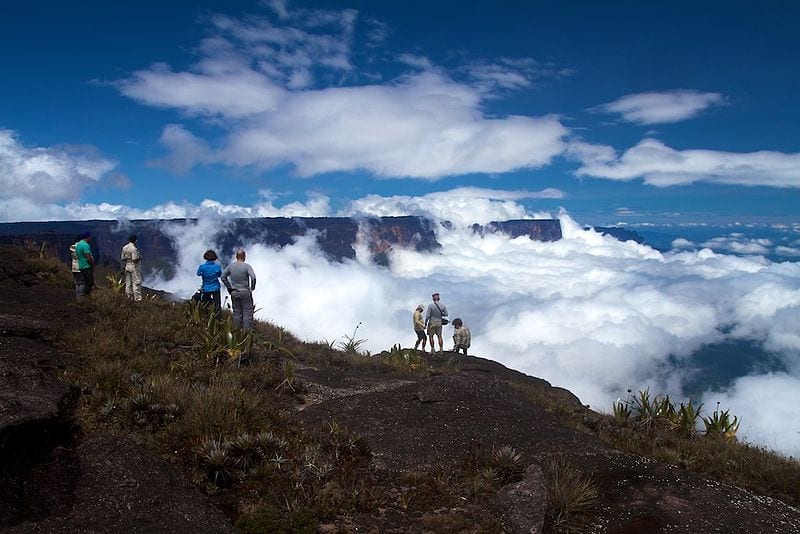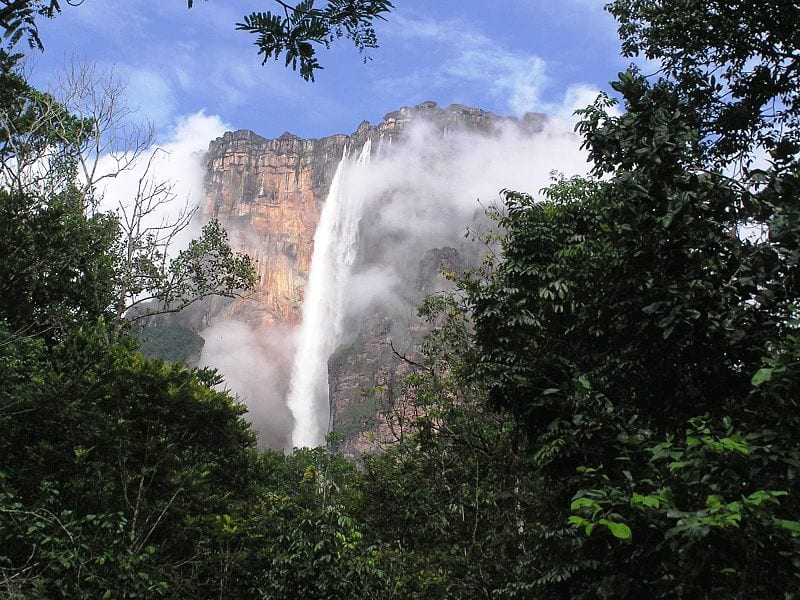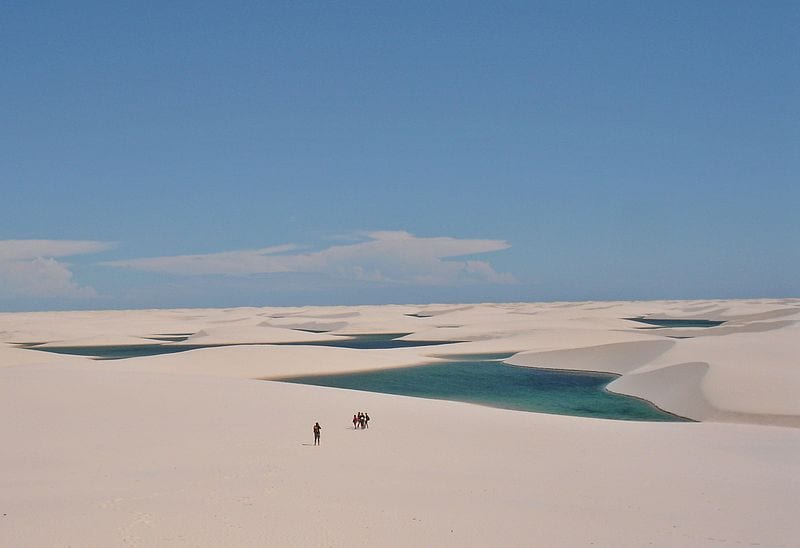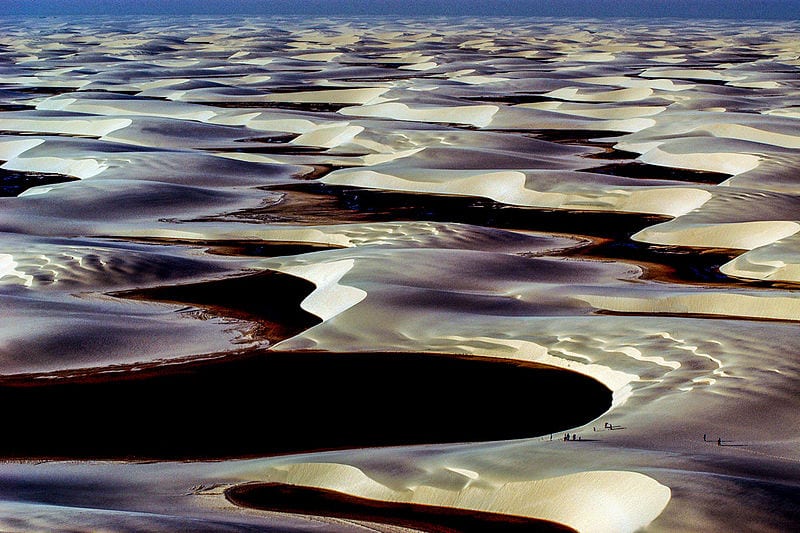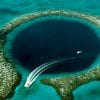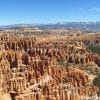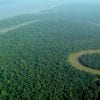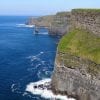We comprised a list of the 10 most famous and must-see natural landmarks in South America. These locations are spread all over the continent, each has it’s own characteristics and unique features that got it to the list, but they all have in common the natural beauty, amazing phenomenons, and breathtaking unforgettable views that will last you a lifetime
1. Iguazu Falls, Argentina, Brazil and Paraguay
These falls are located on the border of Argentina and Brazil and are one of the new 7 wonders of the world. Its brink spanning a distance of 2 km and an average flow of 1.3 million liters per second. The Iguazu Falls are consisted of about 275 individual waterfalls and cascades
2. Perito Moreno Glacier, Argentina
Located 48 miles from the town of El Calafate. The Perito Moreno Glacier is a huge tourists attraction, most of which arrive to El Calafate to the soul purpose of visiting this Glacier. The tourists can view the glacier from a small boat on Lake Argentino, or from three viewing areas on land. Lucky visitors witness huge chunks of ice breaking from the glacier and plummeting into Lake Argentino. The more adventurous can go on a walk on the glacier, or a helicopter flight. The Perito Moreno is 30 km (19 mi) in length
3. The Salt Flats (Salar de Uyuni), Bolivia
the world’s largest salt flat at 10,582 km2 (4,086 sq mi). It is located in southwest Bolivia, at an elevation of 3,656 meters (11,995 ft) above mean sea level. The consistent white landscape and lack of reference points cause the sense of perspective to be undermined. The lack of perspective can baffle visitors, but at the same time enable them to take funny pictures to send home
4. Torres del Paine, Chile
The Torres del Paine National Park is located in southern Chilean Patagonia. It consists of mountains, glaciers, lakes, and rivers, with the Cordillera del Paine small mountain group being the heart of the park. The most famous and most spectacular summits in this group are the three Towers of Paine, after which the entire park is called. The Towers of Paine are gigantic granite monoliths ranging in sizes from 2260 m to 2500 m (7414 – 8202 ft)
5. Amazon Rainforest, Brazil and 8 other countries
A moist broadleaf rainforest that covers 5,500,000 square km (2,100,000 sq mi). This region is located within 9 nations: 60% of the area is in Brazil, and the rest is in Peru, Colombia, Venezuela, Ecuador, Bolivia, Guyana, Suriname and French Guiana. The Amazon represents over half of the planet’s remaining rainforests, and it comprises the largest and most species-rich tract of tropical rainforest in the world
6. Galapagos Islands, Ecuador
Not located on continental South America, but considered part of it, the Galapagos Islands are an archipelago of volcanic islands in the Pacific Ocean, 926 km (575 mi) west of Ecuador. The Galápagos Islands and their surrounding waters are a national park and a biological marine reserve. The islands are world famous for their vast number of endemic species and were studied by Charles Darwin. Darwin’s observations helped to form his theory of evolution by natural selection
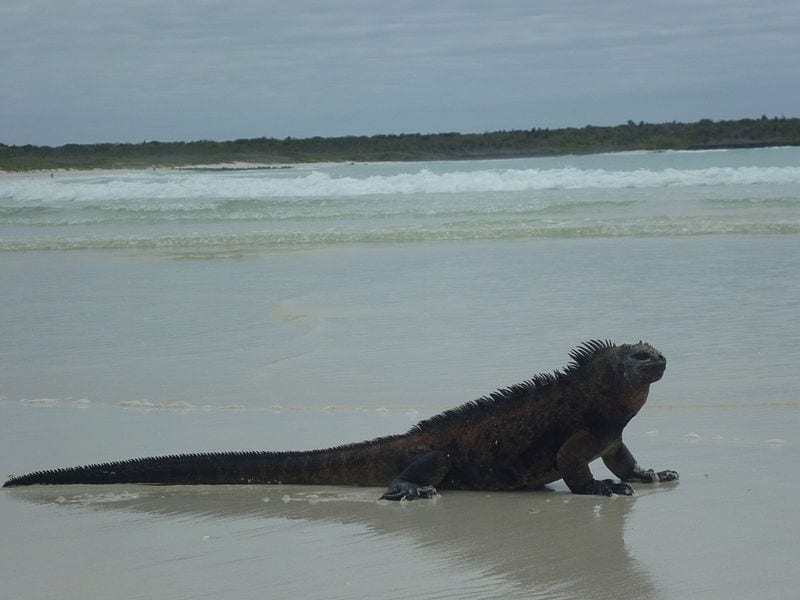
Most Famous Natural Landmarks In South America: Galapagos Islands (source: Alvaro Sevilla Design)
7. Mount Fitz Roy, Argentina
Also known as Monte Fitz Roy or Cerro Fitz Roy, this mountain is located near El Chaltén village, in the Southern Patagonian Ice Field. The mountain area is very popular for hiking among tourists who arrive to El Chalten for a day from the nearby city of El Calafate, or for overnight stay. The mountain itself was first climbed in 1952, and remains among the most technically challenging mountains on Earth for mountaineers
8. Mount Roraima, Venezuela, Brazil and Guyana
Mount Roraima is the highest of the Pakaraima chain and has a huge 31 km2 summit area. On all sides of the summit there are cliffs rising straight up for 400 metres (1,300 ft). The summit is at an elevation of 2,810 m (9,220 ft). The mountain also serves as the triple border point of Venezuela (which holds most of it), Brazil and Guyana
9. Angel Falls, Venezuela
The world’s highest uninterrupted waterfall, with a height of 979 m (3,212 ft) and a plunge of 807 m (2,648 ft). The falls are located inside the Canaima National Park
10. Lençóis Maranhenses National Park, Brazil
Located in northeastern Brazil, the Lençóis Maranhenses National Park is a low, flat and occasionally flooded land, filled with large sand dunes. It encompasses about 1,500 km2 (580 sq mi), and despite large amounts of rainfall, it has almost no vegetation. The rains cause an amazing phenomenon where fresh water collects in the valleys between the dunes, spotting the desert with blue and green lagoons. When the lagoons are at their fullest, between July and September, they can interconnect and connect to rivers, allowing fish to enter the lagoons

